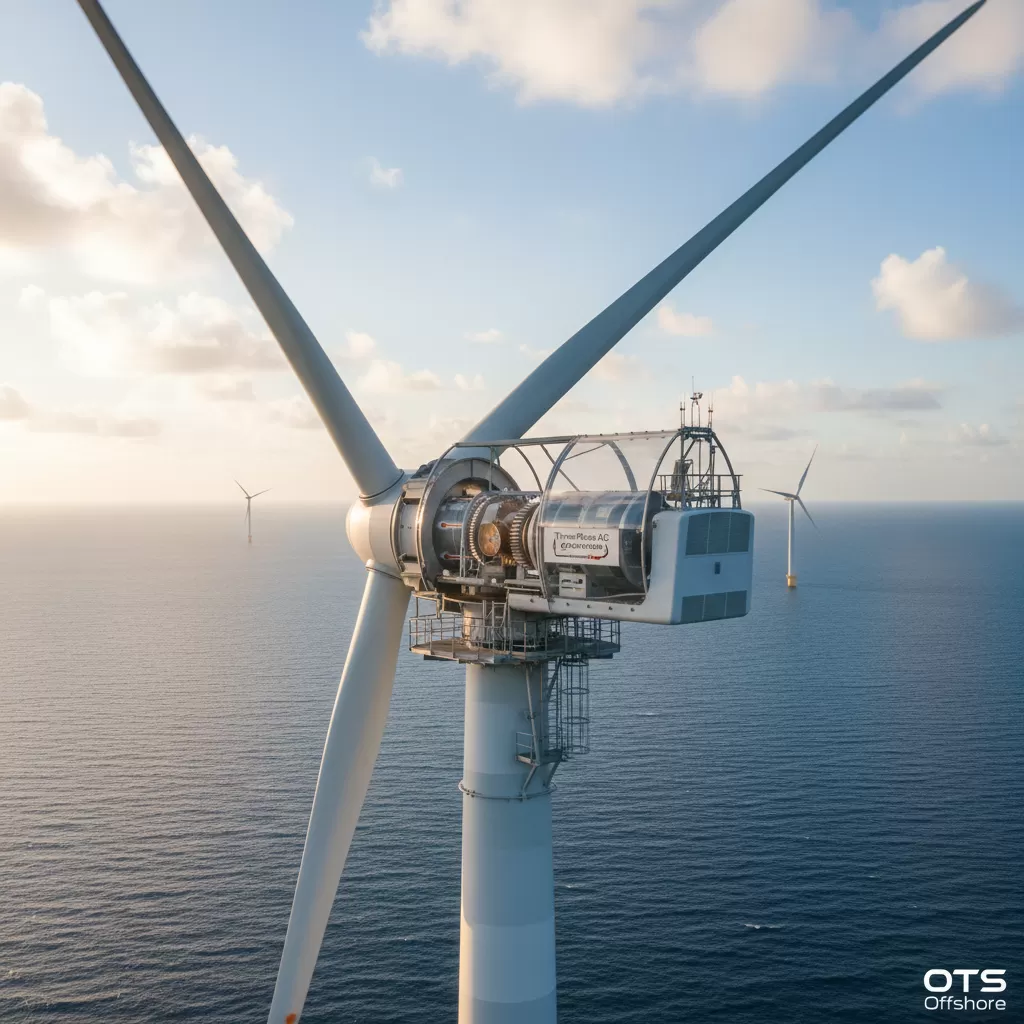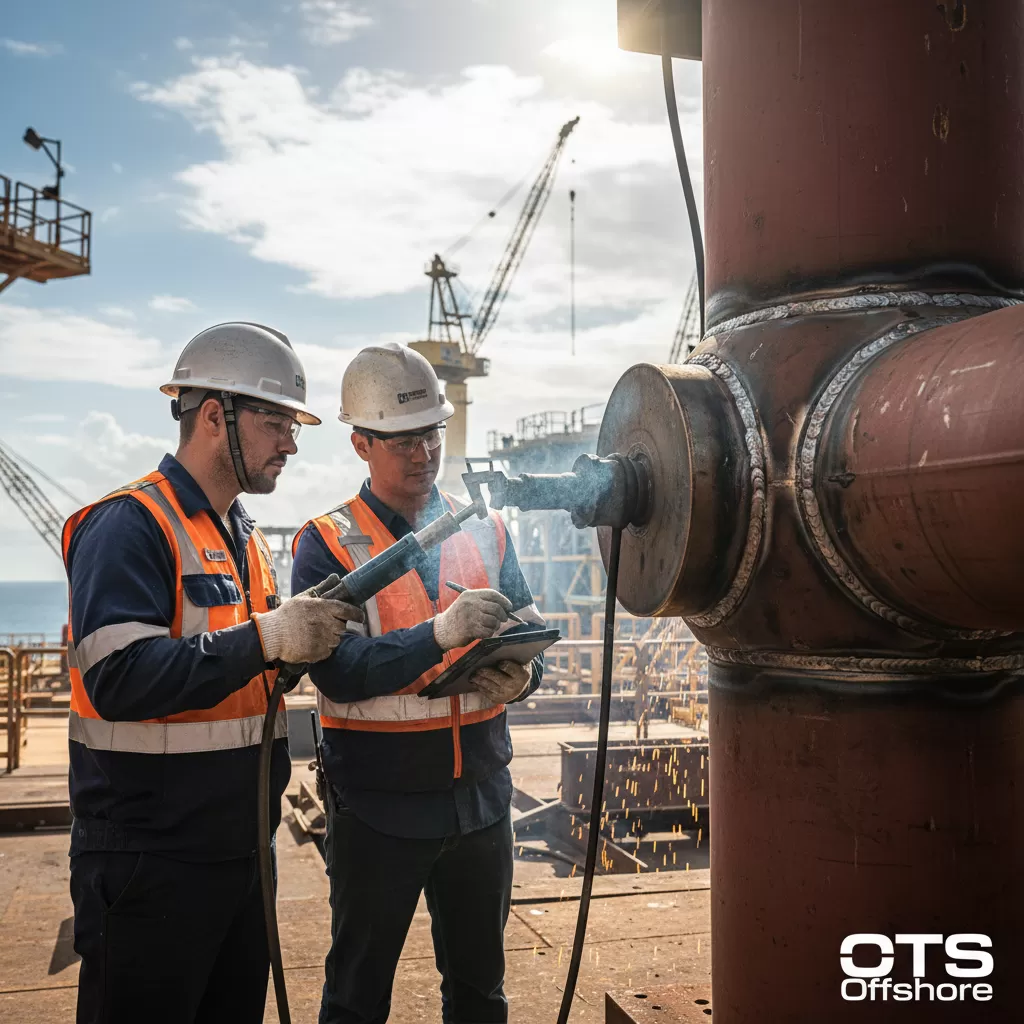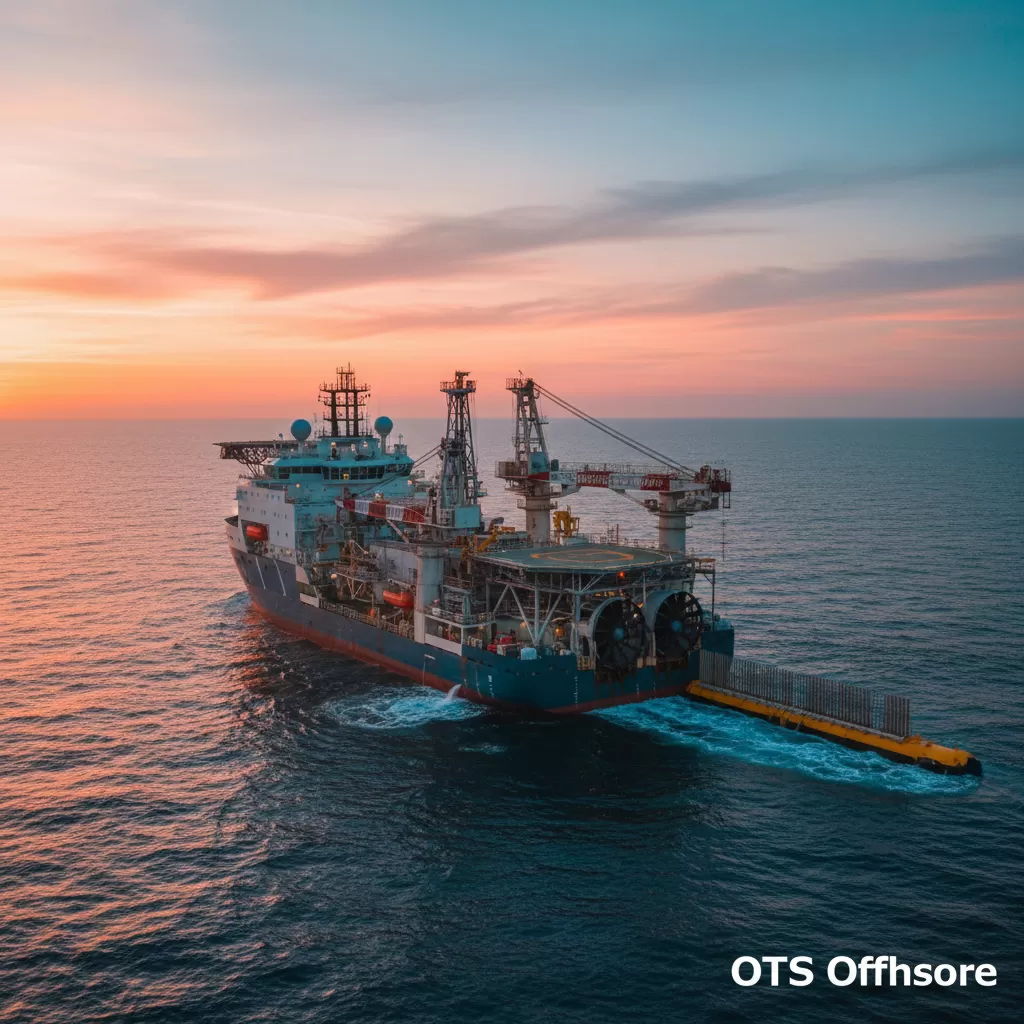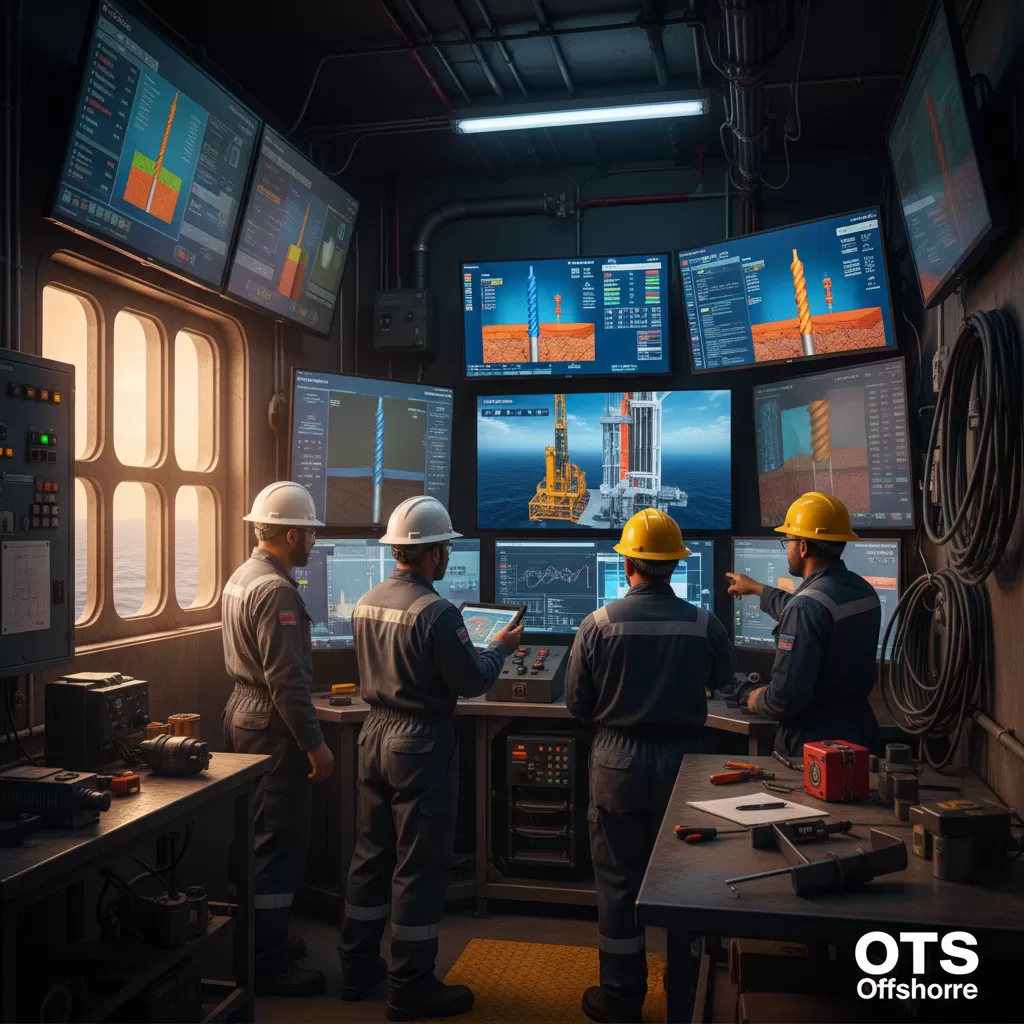Wind turbines are pivotal in renewable energy generation, converting kinetic wind energy into electrical power. This article delves into the intricate structure and fundamental operating principle of wind turbines, specifically focusing on their role in driving three-phase AC synchronous generators, a common configuration in modern wind power systems. Understanding these elements is crucial for optimizing performance and ensuring reliable energy output from wind farms.
Understanding the Structure and Operating Principle of Wind Turbine Driving Three-Phase AC Synchronous Generator
The integration of wind turbines with three-phase AC synchronous generators represents a sophisticated synergy in the renewable energy sector. The fundamental structure and operating principle of such a system are designed to efficiently capture the aerodynamic forces of the wind and transform them into grid-compatible electrical energy. This process involves a cascade of mechanical and electrical components, each playing a vital role in the overall power generation chain. At its core, the wind turbine acts as a large fan, harnessing kinetic energy, which is then mechanically amplified and finally converted into electricity. The electric power generated by the synchronous generator is typically three-phase AC, a standard for power transmission and distribution networks worldwide. Examining the detailed structure and operating principle reveals the engineering marvel behind harnessing this clean energy source. This comprehensive exploration aims to elucidate the intricate workings of these powerful machines and their significance in the global transition towards sustainable energy solutions. The precise interplay between the aerodynamic design of the rotor blades, the mechanical transmission system, and the electromagnetic principles of the synchronous generator defines the efficiency and output of the entire wind power unit.
The Aerodynamic Marvel: Rotor Blades and Nacelle
The primary interface with the wind is the rotor, typically comprising two or three large blades. These blades are aerodynamically shaped, much like airplane wings, designed to generate lift when wind flows across them. The pitch of the blades is often adjustable, allowing for control over rotational speed and power output, especially in varying wind conditions. The rotor is mounted on a hub, which connects to the low-speed shaft. This low-speed shaft extends into the nacelle, the housing at the top of the tower that contains the main components of the wind turbine.
Within the nacelle, the low-speed shaft is connected to a gearbox. The primary function of the gearbox is to increase the slow, high-torque rotation of the rotor into a faster, lower-torque rotation suitable for driving the generator. This speed increase is crucial because synchronous generators operate most efficiently at higher rotational speeds. The gearbox is a complex mechanical assembly, typically employing planetary or parallel shaft gears to achieve the necessary speed multiplication factor, which can range from 50:1 to over 100:1. The integrity and efficiency of the gearbox are paramount to the overall performance and longevity of the wind turbine.
The high-speed shaft, emerging from the gearbox, is directly coupled to the synchronous generator. This direct coupling ensures that the generator’s rotational speed precisely matches the speed dictated by the gearbox and, consequently, the wind conditions and rotor speed. The nacelle also houses essential control systems, including yaw mechanisms that orient the turbine into the wind, pitch control systems for blade adjustment, and braking systems for safety and maintenance. The robust structure of the nacelle must withstand significant mechanical stresses and environmental exposure, protecting the sensitive internal components.
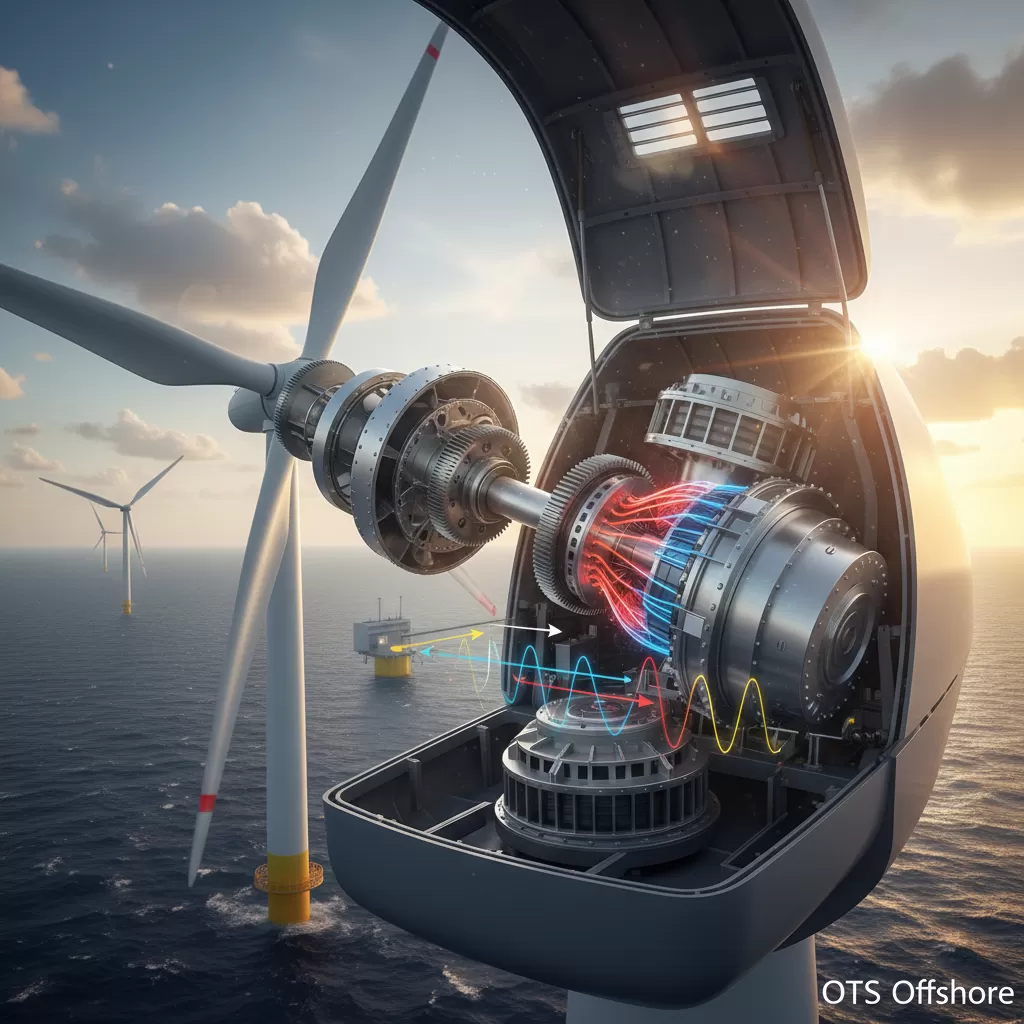
The Heart of Power Conversion: The Synchronous Generator
The synchronous generator is the component responsible for converting mechanical energy into electrical energy. In a wind turbine application, it is almost invariably a three-phase AC synchronous generator. Its fundamental operating principle relies on Faraday’s law of electromagnetic induction.
The generator consists of two main parts: the stator and the rotor. The stator is the stationary part, typically containing windings made of conductive wire. These windings are arranged in a specific configuration to produce a rotating magnetic field or to have a magnetic field induced in them by a rotating magnet. In most large synchronous generators used in wind turbines, the stator houses the armature windings.
The rotor is the rotating part. For a synchronous generator, the rotor is essentially an electromagnet. It is equipped with windings that are supplied with DC current, creating a magnetic field. This DC current is usually provided by a separate excitation system, which can be onboard the generator or an external source. As the rotor spins, its magnetic field sweeps across the stator windings. According to Faraday’s law, this changing magnetic flux induces a voltage and, if a circuit is closed, a current in the stator windings.
The key characteristic of a synchronous generator is that the rotor rotates at a speed directly proportional to the frequency of the AC power it produces. This speed is called the synchronous speed, and it is determined by the number of magnetic poles on the rotor and the desired frequency of the electrical grid (e.g., 50 Hz or 60 Hz). The relationship is given by the formula:
Synchronous Speed (rpm) = (120 * Frequency (Hz)) / Number of Poles
This synchronous operation means that the generator’s rotational speed is locked to the grid frequency, which is a critical factor for grid stability.
The Electrical Synergy: Three-Phase AC Output
The three-phase AC power output from the synchronous generator is a significant advantage for grid connection. The stator windings are arranged to produce three separate AC voltages that are identical in magnitude and frequency but are out of phase with each other by 120 electrical degrees. This three-phase system offers several benefits over single-phase systems:
– Efficiency: Three-phase power can transmit more power for the same amount of conductor material compared to single-phase systems.
– Smooth Power Delivery: The power delivered by a three-phase system is constant, unlike the pulsating power of a single-phase system. This leads to smoother operation of connected machinery.
– Self-Starting Motors: Three-phase AC motors are inherently self-starting, simplifying power applications.
The electrical output from the generator is then fed into a transformer, often located within the nacelle or at the base of the tower. The transformer steps up the voltage to a level suitable for transmission over long distances with minimal power loss. From the transformer, the electricity is sent to a substation, where it is further processed and integrated into the main electrical grid. The control systems monitor the output voltage, current, and frequency, making adjustments as needed to maintain grid compatibility and optimize power delivery.
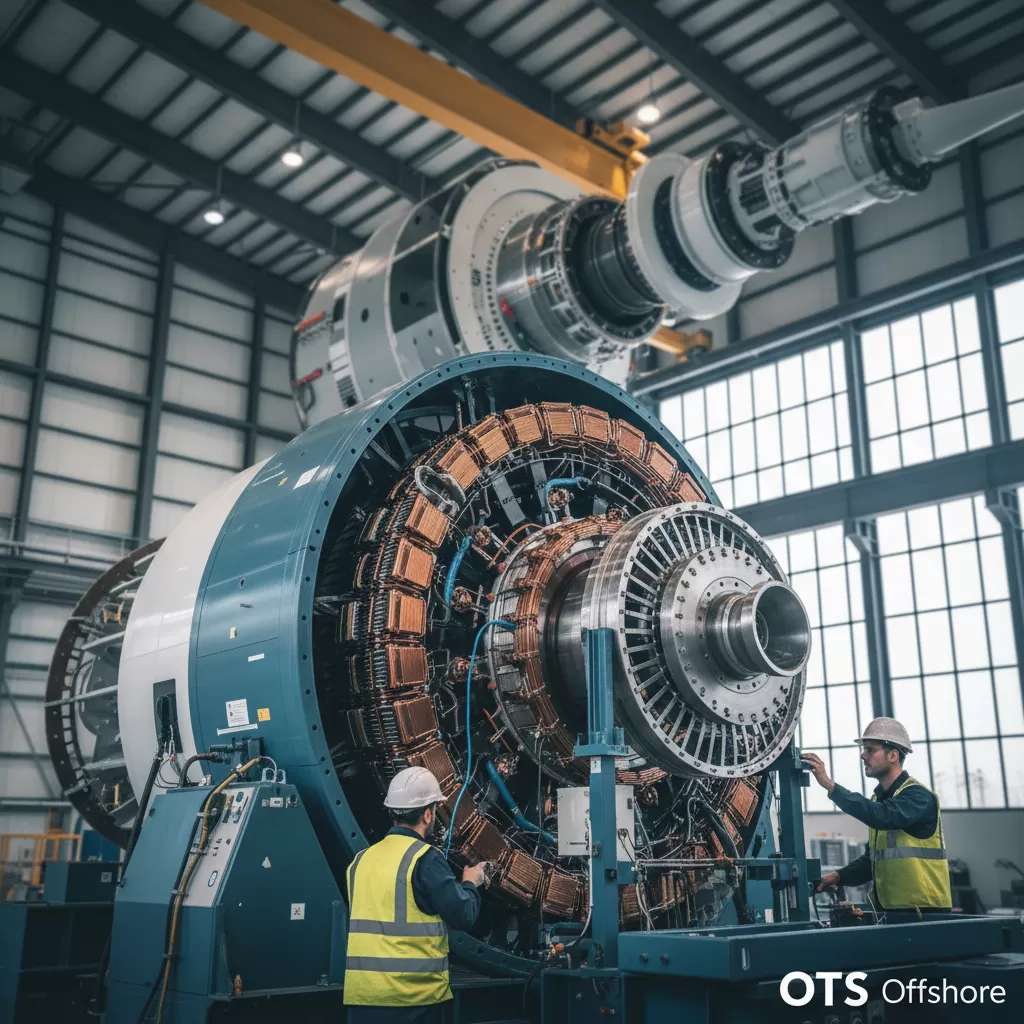
Control Systems and Operational Management
Effective control systems are indispensable for the safe and efficient operation of wind turbines driving synchronous generators. These systems monitor a multitude of parameters, including wind speed and direction, rotor speed, generator output, temperatures, and vibrations.
– Yaw Control: This system ensures that the turbine rotor is always facing directly into the wind to maximize energy capture. It uses wind direction sensors to detect changes and small electric motors to rotate the entire nacelle on top of the tower.
– Pitch Control: For larger turbines, the pitch of the rotor blades can be adjusted. In low wind speeds, blades are pitched to capture maximum energy. As wind speeds increase, the pitch is adjusted to limit the amount of energy captured, preventing over-speeding and mechanical stress on the turbine. At very high wind speeds, blades can be feathered (turned parallel to the wind) to stop the rotor and protect the turbine from damage.
– Generator Excitation Control: The excitation system controls the DC current supplied to the rotor windings of the synchronous generator. By varying this current, the generator’s output voltage and reactive power can be controlled. This is crucial for maintaining voltage stability on the grid.
– Grid Synchronization: The control system is responsible for synchronizing the generator’s output with the grid frequency and voltage before connecting it. This ensures a smooth and stable integration of power.
– Braking Systems: Wind turbines are equipped with mechanical and electrical braking systems. Mechanical brakes are used for parking and during maintenance, while electrical braking can be used for rapid deceleration in emergencies.
These control systems, working in concert with the physical structure and operating principles of the turbine and generator, ensure optimal performance across a wide range of wind conditions while prioritizing safety and grid integration.
The Role of the Drivetrain and Mechanical Power Transfer
The drivetrain connects the rotor to the generator, facilitating the transfer of mechanical power. In most modern large wind turbines, a gearbox is a critical component of the drivetrain. The slow, high-torque rotation of the rotor (typically 10-20 rpm) needs to be increased to the much higher speed required by the synchronous generator (typically 1000-1800 rpm). The gearbox achieves this speed increase through a series of gear ratios.
The gearbox is subject to immense forces and stresses. Its design and maintenance are critical for the reliable operation of the wind turbine. Lubrication systems are essential to manage friction and heat generated during operation. Early wind turbine designs sometimes omitted gearboxes, using slower-speed direct-drive generators. However, these generators are typically much larger, heavier, and more expensive than their high-speed counterparts, making the geared approach more economically viable for many applications.
The selection of the gear ratio and the type of gearbox (e.g., planetary, helical, or a combination) depends on the turbine’s power rating and the desired generator speed. The drivetrain also includes couplings and bearings that ensure smooth power transfer and accommodate some degree of misalignment. The robust design of the drivetrain components is essential to withstand the dynamic loads imposed by wind gusts and the inherent variability of wind power.
Understanding Electromagnetic Phenomena in Synchronous Generators
The operation of a synchronous generator is fundamentally about the interaction of magnetic fields. The rotating magnetic field of the rotor interacts with the stationary magnetic fields induced in the stator windings. This interaction results in the generation of electromotive force (EMF) and the flow of electrical current.
The strength of the magnetic field produced by the rotor is directly controlled by the excitation current. A higher excitation current results in a stronger magnetic field, which in turn induces a higher voltage in the stator. This control over excitation current allows for voltage regulation and the management of reactive power, which is important for maintaining the power factor of the electrical system.
When the generator is connected to the grid, it must operate in synchronism with the grid voltage and frequency. This means that the rotor’s magnetic field must rotate at the precise synchronous speed dictated by the grid frequency and the number of poles on the generator. Any deviation from this speed would cause large currents to flow, potentially damaging the generator and destabilizing the grid. The inertia of the rotor and the grid system helps to maintain this synchronism.
The concept of torque is also central to understanding the operating principle. The wind provides a driving torque to the rotor. The generator, in turn, produces a counter-torque due to the electromagnetic forces acting within it. The balance between the driving torque and the counter-torque, along with the associated rotational speed, determines the power output. In a steady state, the driving torque from the wind (minus mechanical losses) must equal the counter-torque produced by the generator (plus mechanical losses in the drivetrain).
Innovations and Future Trends in Wind Turbine Technology
The field of wind turbine technology is continuously evolving, driven by the need for increased efficiency, reliability, and cost-effectiveness. Understanding the fundamental structure and operating principle provides a baseline for appreciating these advancements.
– Direct-Drive Generators: While historically less common for large turbines, advancements in materials and magnetic technologies are making direct-drive synchronous generators more viable. These eliminate the need for a gearbox, reducing mechanical complexity and maintenance, though they are often larger and heavier.
– Doubly Fed Induction Generators (DFIGs): While this article focuses on synchronous generators, it’s worth noting that DFIGs are also widely used. They offer advantages in terms of variable speed operation and grid control, often employing power electronics for their grid connection.
– Advanced Control Algorithms: Sophisticated control algorithms are being developed to optimize energy capture in turbulent wind conditions, reduce structural loads on the turbine, and improve grid integration by providing ancillary services such as frequency and voltage support.
– Larger Turbine Sizes: The trend towards larger rotor diameters and higher power ratings continues. This requires more robust structural designs, advanced materials for blades, and more powerful and reliable drivetrains and generators.
– Offshore Wind Technology: The development of offshore wind farms presents unique engineering challenges, including foundations, installation, and maintenance in harsh marine environments. Floating offshore wind platforms are also an emerging area, allowing turbines to be deployed in deeper waters.
These innovations, built upon a solid understanding of the core structure and operating principle, are pushing the boundaries of what is possible in wind energy generation, contributing significantly to global decarbonization efforts. The continuous refinement of the interaction between aerodynamic forces, mechanical power transfer, and electromagnetic conversion in wind turbines driving synchronous generators remains a key focus for the renewable energy industry.

